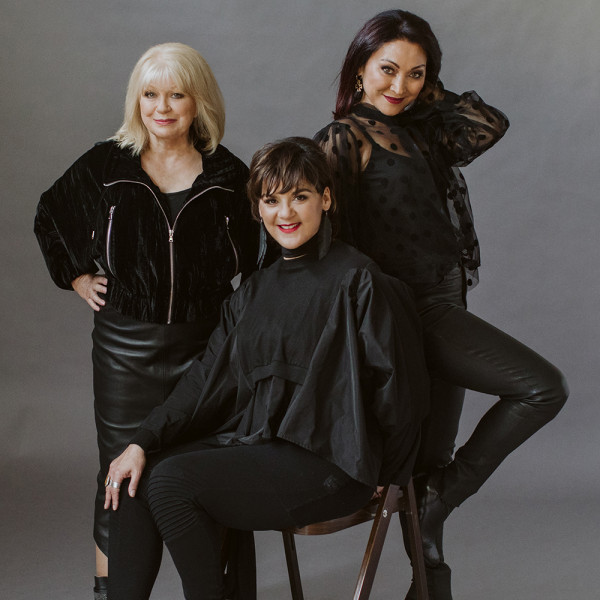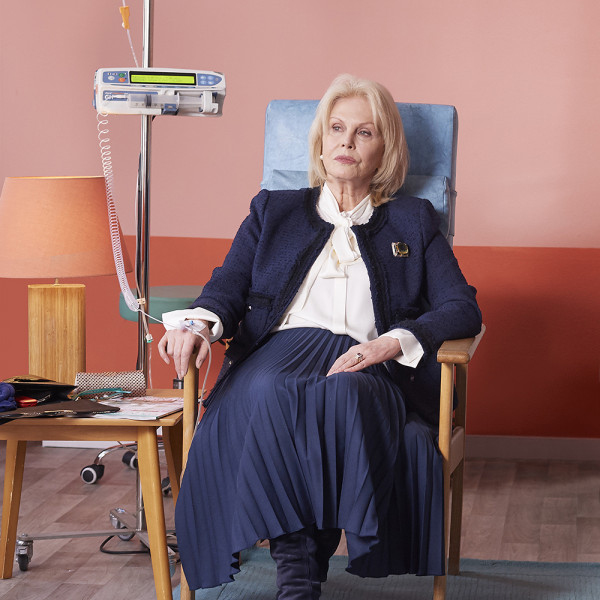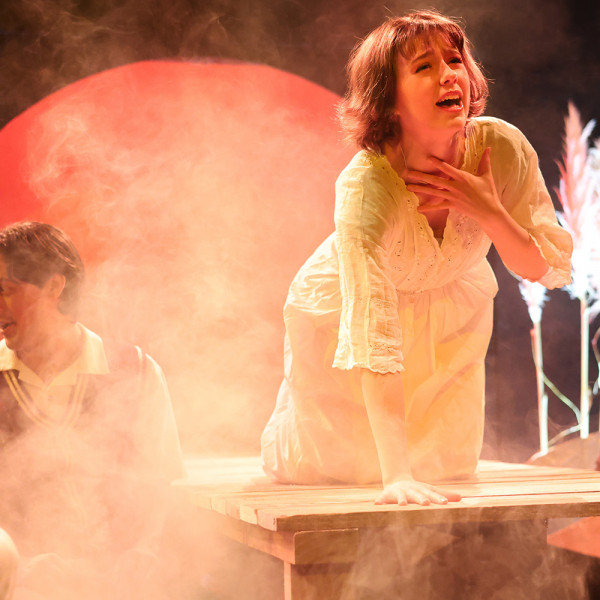
and the Lochburns
Written by: William Duignan
Directed by: Andrew Paterson
Running at Circa Theatre until 2nd Nov 2024
Reviewed by: Madelaine Empson
On a tight deadline, siblings Mary (Hannah Kelly), Jason (Simon Leary), and Helena (Stella Reid) must pack up their father’s home – where Jason has been living with his partner Sam (Jthan Morgan) – as they prepare to move the once-celebrated pianist into a dementia care facility. Gus Lochburn’s (Peter Hambleton) mind lives at a different point in time than his body – one where his wife Margaret (Kali Kopae) is still alive. One thing can always pull him back to the present: music.
We watch Gus’ memories unfold as he plays piano, sings, and dances with his wife in flashbacks that are so seamlessly integrated, it is hard to tell where the past ends and the present begins. This mirrors what is happening in Gus’ mind. In his lucid moments when reality hits, and the Lochburns employs some of the most poignant dramatic irony I’ve seen at the theatre. The mother leaves the stage, and the father cannot understand where his wife has gone. While his children simply read this as a symptom of a worsening condition, the audience experiences a knowing, collective heartbreak. It is in these moments that I glimpse more than a few hankies being whipped out of pockets in my peripheral vision. Our emotional response is testament not only to such a lyrical script, but to Hambleton’s gut-wrenching, brilliant performance.
Where and the Lochburns also excels is in its exploration of family dynamics. The characters are so carefully crafted, the exceptional cast so connected with each other and their stories, that I feel I know each sibling well. Sam, too – and it would be remiss of me not to mention Morgan’s showstopping line of the evening about adoption. A well-deserved roar of laughter there!
With gifted music director Hayden Taylor at the helm, Kopae’s singing is a standout and earns rapturous applause, especially when she’s given a mic. On that note, Meg Rollandi’s detailed production design is stunning but sees the stage extend far back into a cavernous space where dialogue is muffled at times. I hope the acoustics can be improved because I don’t want anyone to miss any of and the Lochburns – a play spun with threads of music, memory, and pure gold.






















